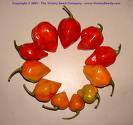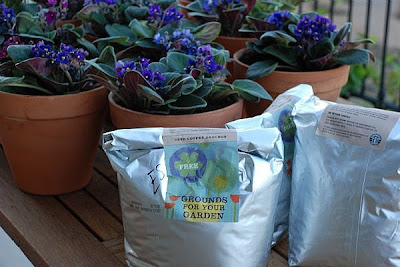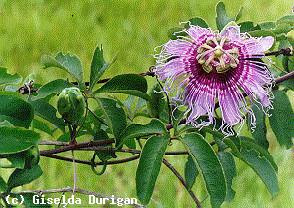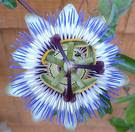
Source: -Mike McGroarty
(more personal stuff about Mike and Pam)http://www.freeplants.com/stuff.htm
After a long, cold winter, no one gets more excited about Spring than a gardener. No one, that is, except the insects that are waiting to dine on our gardens.
How do you prevent your garden from being a 24-hour diner for every insect that passes through the neighborhood? There are any number of chemical products on the market that will killinsects, but many gardeners are hesitant to use strong chemicals on their plants.There are very effective organic insecticides and repellents available these days, and in a pinch you can make your own natural insect repellant. Most insects prefer a bland diet, so by making your garden spicy you can encourage insects to dine elsewhere.
A hot pepper or garlic spray works great as a repellant and can actually prevent insects - and even hungry rabbits - from nibbling on your plants.

To make hot pepper spray, toss a couple of hot peppers, such as cayennes or habaneros, in a blender with about a cup of water. Puree the mixture, strain out any solids, then add enough water to make a gallon of concentrated hot pepper juice.
To use the hot pepper spray, mix a quarter cup of the concentrate with a gallon of water and a tablespoon or two of liquid soap. The soap will help the spray stick to the plants.

To make a garlic spray, roughly chop one or two garlic bulbs, place them in a quart jar and pour boiling water over the garlic, enough to fill the jar. Close the jar and let it sit overnight. Strain out the chunks of garlic and add the garlic water to your sprayer along with a few drops of liquid soap. Leftover garlicwater can be kept frozen for later use.
A good place to buy liquid soap for this purpose would be a healthfood store. Do not use a detergent or a heavily scented soap as these can be harmful to plants.
Once you've made your insect repellant concoction, test it on a few leaves first before spraying your plants. The hot pepper and garlic smell will be strong when first applied but will fade, and your flowers and vegetables won't take on their odor or taste. The spray should be reapplied every week or two, or after a rainfall.





